What do you mean by washing? Introduction of Flavor characteristics in the process of washing Coffee Bean
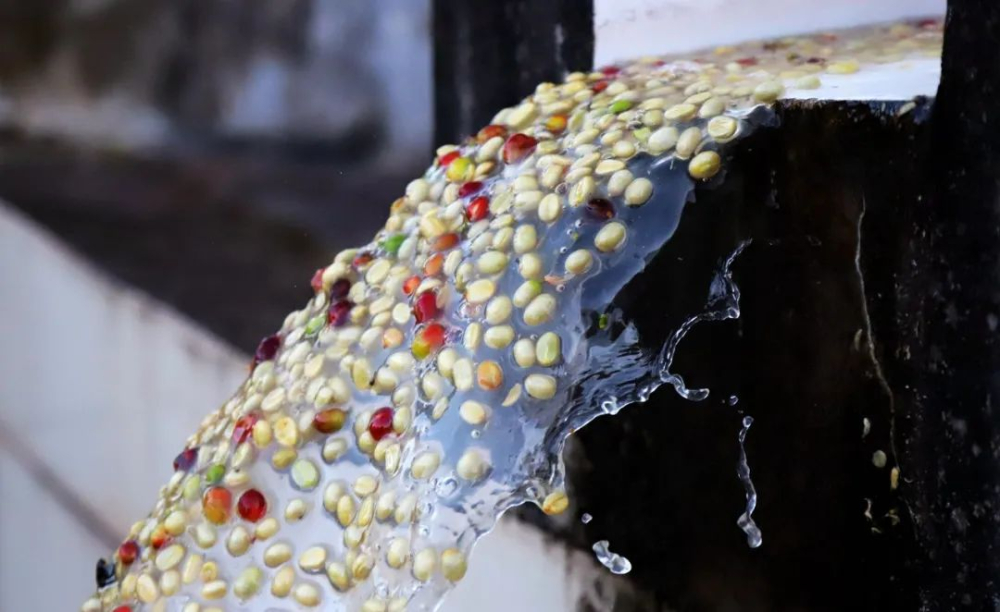
Washing treatment refers to the process of treating raw coffee beans, in which a picked fruit is treated into raw coffee beans. The invention of water washing treatment stems from the high defect rate caused by the rough technique of traditional sun treatment. In order to pursue better quality of coffee beans, producers began to find ways to stabilize the finished products from the treatment link, which gradually derived from the treatment method.
The structure of a coffee fruit can be divided into pericarp, pulp, pectin, sheepskin, silver skin, seed, we drink coffee is the innermost seed. The most common natural treatment methods include washing and solarization, as well as honey treatment and wet bubble methods adopted by individual producing areas according to local conditions. With the progress of production technology, many innovative treatments have been developed to do different operations on these basis, such as anaerobic solarization, carbon dioxide impregnation, enzyme washing and so on.
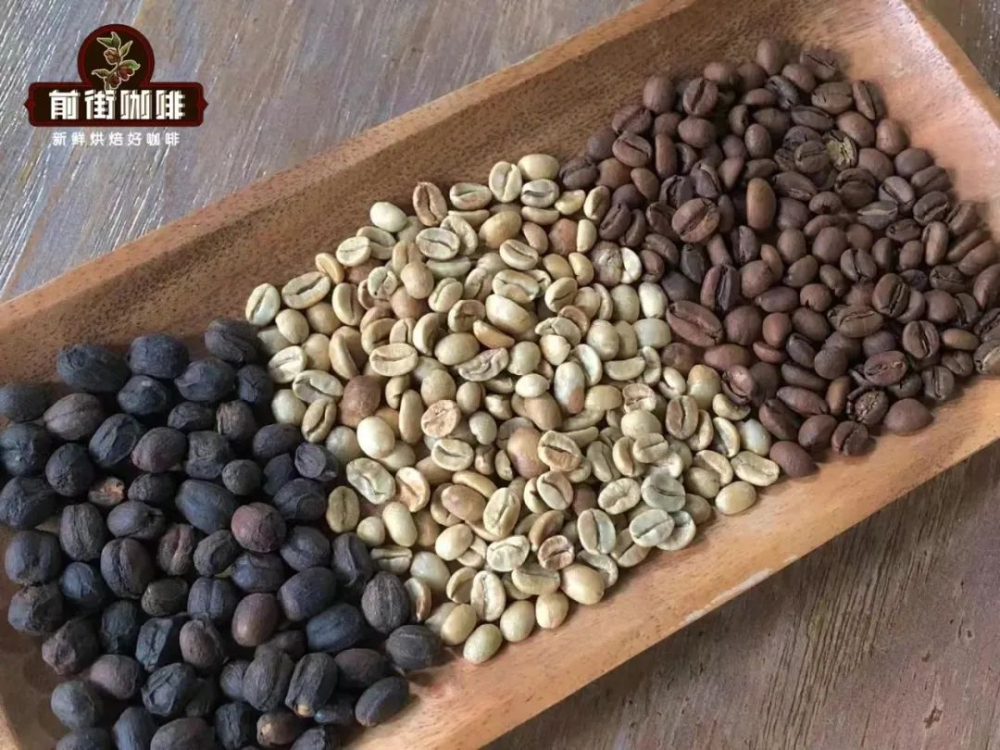
Traditionally, after picking, the coffee fruit is spread directly on the ground to dry until it becomes a dried raisin, and then the outer shell is removed by a machine to get the inner beans. In Ethiopia, Kenya, Rwanda and other producing areas on the African continent, there is plenty of sunshine, and it is customary to use this method of solarization. However, because of the rough technique, coffee beans are directly thrown into the mud or roof to dry, coffee is easy to absorb the smell of soil on the ground, or uneven heating leads to excessive fermentation, which ultimately affects the quality of coffee.

Since the advent of water washing in the 19th century, many coffee producing areas in the Americas, especially countries with abundant water resources, have abandoned "sun" for "water washing", hoping to use water washing to improve the quality of coffee. Today, water washing still accounts for a large proportion in the world. Let's take a look at how the washing steps work.
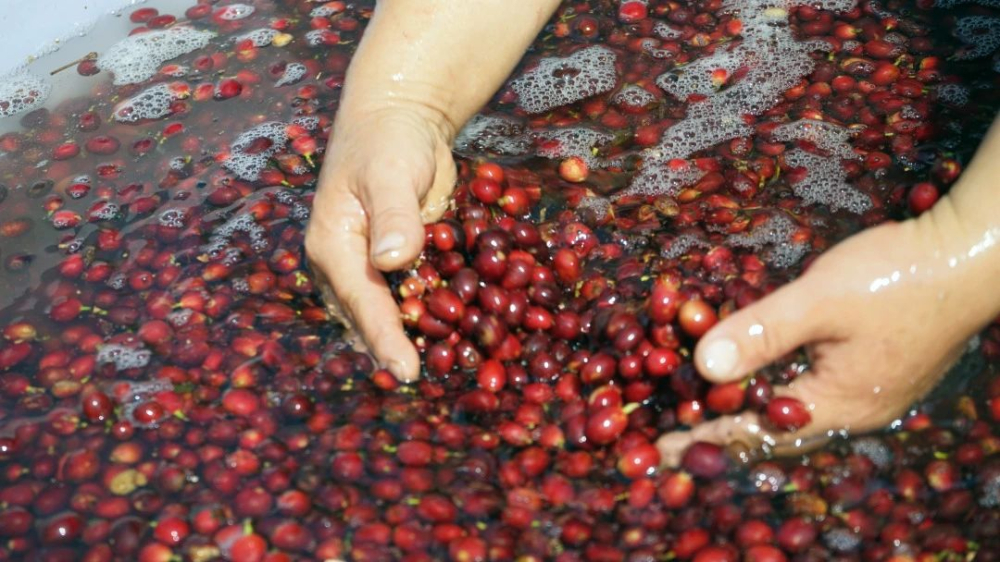
The coffee beans are usually floated before washing, freshly picked and put into the water, the undermature fruits are picked out by the buoyancy of the water, and then the peel / pulp of the berries is removed by a planer, when the coffee beans are slippery. The production staff poured it into the fermentation tank and left it at rest for one night. Pectin fermentation produces some acidic substances that cause the pectin to break down and fall off the bean body. After the fermentation is completed, there will be a small amount of pectin stuck to the shell beans, so you need to use a tool to scrub for 30-60 minutes, coupled with the drive of running water, so that the pulp is completely cleaned. The special channel plus water erosion can remove the beans with low specific gravity and poor quality, then drain the high-quality coffee beans, spread them on the scaffolding or dry on the net, and finally reach the target water content can be packaged and stored.
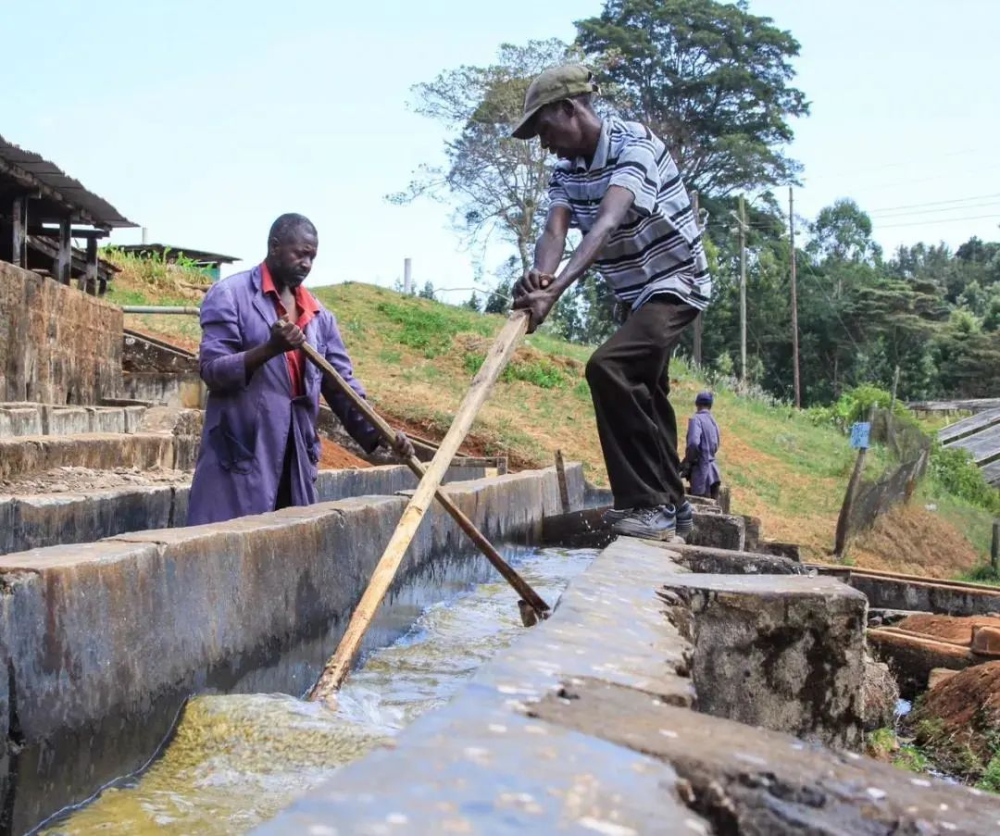
As many steps of washing can remove bad beans, the proportion of coffee defects is greatly reduced, and the quality is more stable. In the drying process, there is no pulp in the outer layer, the flavor is with rising acidity, and the cleanliness is higher, highlighting the flavor characteristics of a single producing area. Therefore, if you want to understand the "local flavor" / "regional flavor" of a place of origin, Qianjie suggests starting with its washing batch. Washing is a favorite treatment method in Qianjie. Dozens of coffee beans on the bean list are washed. Here Qianjie introduces an Ethiopian Yega Snow Fruit Ding Coffee bean to let everyone know the characteristics of washed coffee beans.

Banko Gotiti, originally part of the Worka Waka Cooperative of YCFCU (26 cooperatives with 45000 members), became a household name because of its mature washing skills in 2012. In 1972, Ethiopia introduced washing technology from Central and South America. Members of the cooperative will select, clean, ferment, peel and peel the acquired coffee fruits and place them on an elevated bed to dry. Every step should be handled properly in order to ensure the quality of the final coffee.
The washing treatment method makes the Yejiaxuefei coffee change the previous uneven level, and the medium-shallow roasting retains the fresh citrus tone and elegant white flower aroma of Yejiaxuefei, and the overall flavor is bright and delicate. As a result, Yega Xuefei became independent from the Sidamo producing area and became a well-known producing area in the coffee circle today.
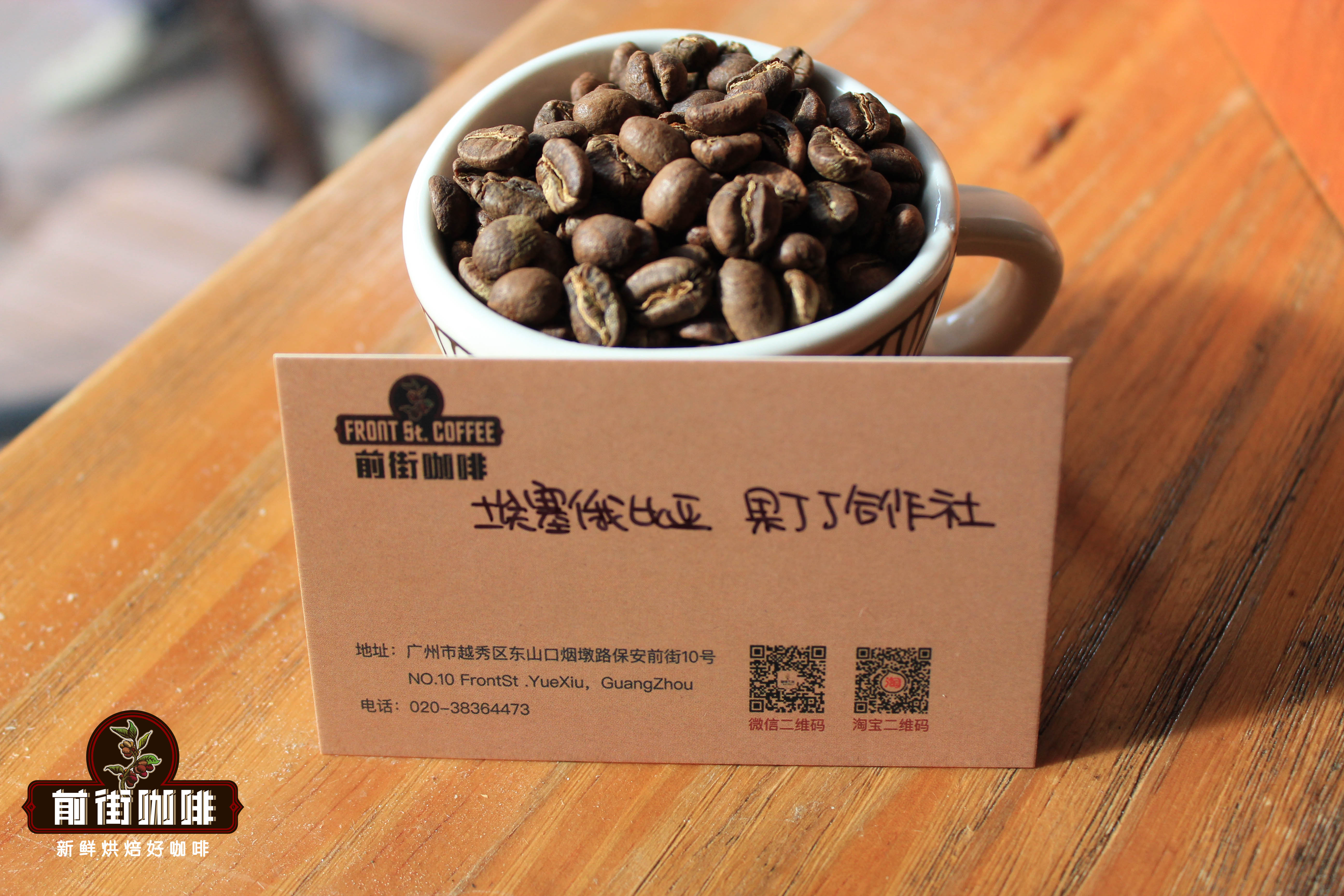
Professional coffee knowledge exchange more coffee bean information please follow the coffee workshop (Wechat official account cafe_style)
For more boutique coffee beans, please add private Qianjie coffee on Wechat. WeChat account: qjcoffeex
Important Notice :
前街咖啡 FrontStreet Coffee has moved to new addredd:
FrontStreet Coffee Address: 315,Donghua East Road,GuangZhou
Tel:020 38364473
- Prev

Bean grinder | thousands of yuan machine Huangshou coffee grinder cutter head grinding characteristics flavor introduction of Japanese small Fuji bean grinder performance-to-price ratio
In the general category of hand coffee grinder, there are two categories: flat knife and cone knife, while there is a kind of bean grinder called ghost tooth, which has become a unique existence. The shape of the ghost tooth bean grinder is unique, it can only be shaped at one time, and it can not be polished, the surface is rough and the hardness is not high, but it has a unique shape in grinding.
- Next

How can latte foam be delicate and dense? Barista introduction to milk foam teaching.
Today, a friend asked me how to make milk foam to be smooth and smooth. His own milk foam can never pull flowers, so how should I do it if I want to send it out? Let's teach you today. First of all, we have to choose the right milk. Don't use skim milk to get rid of it. The protein content and fat content are as high as possible.
Related
- Beginners will see the "Coffee pull flower" guide!
- What is the difference between ice blog purified milk and ordinary milk coffee?
- Why is the Philippines the largest producer of crops in Liberia?
- For coffee extraction, should the fine powder be retained?
- How does extracted espresso fill pressed powder? How much strength does it take to press the powder?
- How to make jasmine cold extract coffee? Is the jasmine + latte good?
- Will this little toy really make the coffee taste better? How does Lily Drip affect coffee extraction?
- Will the action of slapping the filter cup also affect coffee extraction?
- What's the difference between powder-to-water ratio and powder-to-liquid ratio?
- What is the Ethiopian local species? What does it have to do with Heirloom native species?

